Home>Garden Essentials>What Is Crop Rotation Strip Cropping
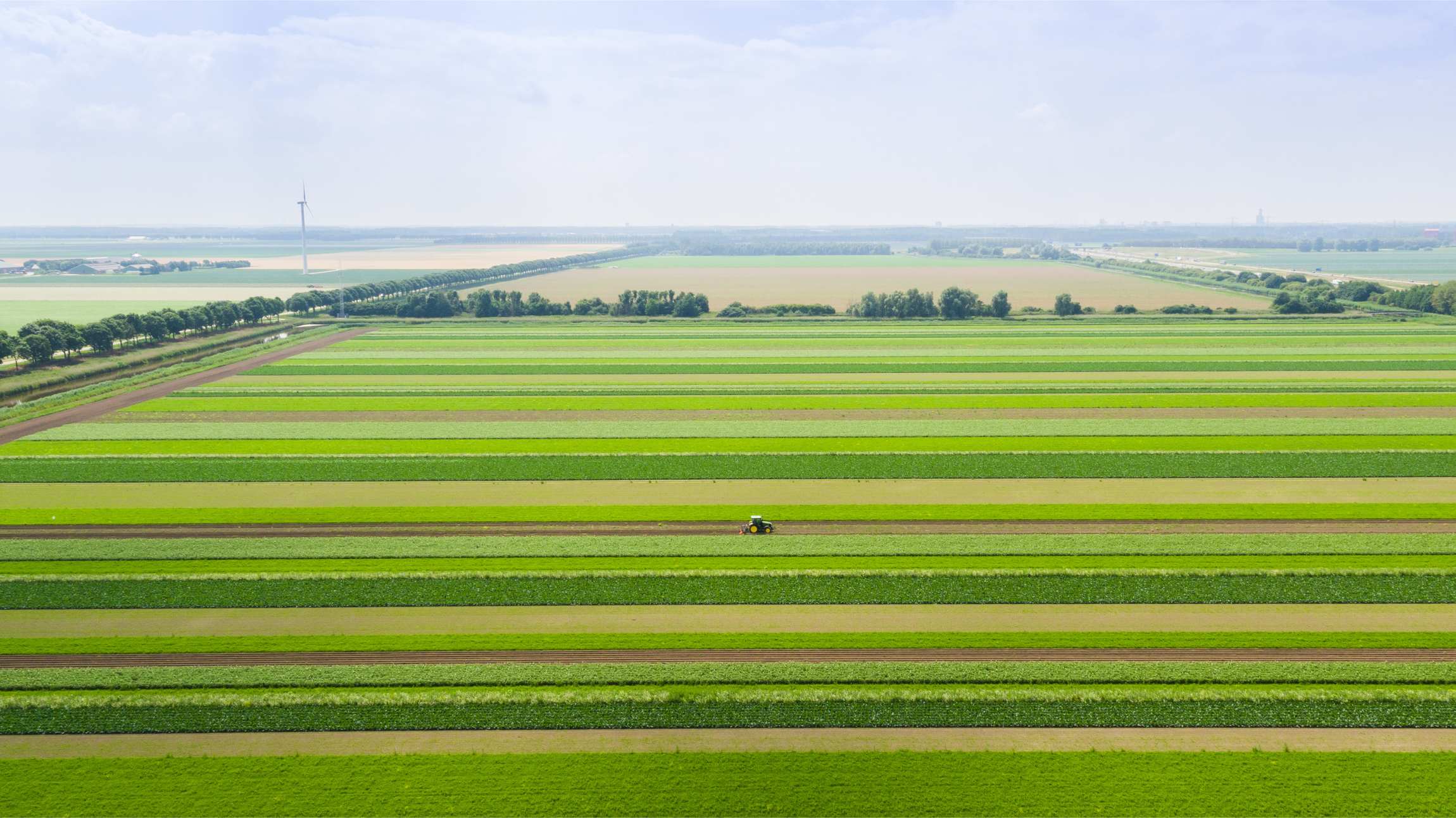

Garden Essentials
What Is Crop Rotation Strip Cropping
Modified: March 16, 2024
Find out what crop rotation strip cropping is and how it can benefit your garden. Improve soil fertility, reduce pests, and maximize yield with this effective gardening technique.
(Many of the links in this article redirect to a specific reviewed product. Your purchase of these products through affiliate links helps to generate commission for Storables.com, at no extra cost. Learn more)
Introduction
Crop rotation and strip cropping are two effective agricultural practices that have been utilized for centuries to improve soil health, increase crop yield, and reduce the risk of pests and diseases. These techniques involve the strategic rotation of crops and the planting of different crops alongside each other in designated strips. By diversifying crop types and patterns, farmers can optimize their land use, enhance the soil ecosystem, and promote sustainable farming practices.
In this article, we will delve into the definitions, benefits, similarities, and differences between crop rotation and strip cropping. We will also explore how these practices can be effectively implemented and provide real-life case studies showcasing their successful application. Whether you are a seasoned farmer, an aspiring gardener, or an environmentally conscious individual, this article aims to provide you with a comprehensive understanding of these techniques and inspire you to incorporate them into your own gardening or farming endeavors.
Key Takeaways:
- Crop rotation improves soil health, reduces pests, and promotes sustainable farming by rotating different crops, preventing erosion, and conserving water.
- Strip cropping controls erosion, enhances soil conservation, and supports biodiversity by planting different crops in alternating strips, reducing water runoff, and promoting sustainable land management.
Read more: What Was Crop Rotation?
Definition of Crop Rotation
Crop rotation is a systematic approach to cultivating different crops in the same land over a period of time, typically in a sequence or rotation. The practice involves dividing a field into sections and planting different crops in each section during different growing seasons. The specific crop rotation sequence can vary depending on factors such as soil type, climate, and the desired outcomes.
The key principle behind crop rotation is to avoid continuously planting the same crop in the same area year after year. This is because different crops have varying nutrient requirements, susceptibilities to pests and diseases, and impacts on the soil ecosystem. By rotating crops, farmers can break the cycle of pests and diseases, replenish soil nutrients, and improve soil structure, ultimately leading to healthier and more productive plants.
There are several common crop rotation patterns that can be followed, depending on the specific goals of the farmer and the characteristics of the land. One popular example is the four-field crop rotation system, which dates back to medieval times. This system typically involves dividing the land into four equal sections and rotating crops such as grains, legumes, root vegetables, and fallow or cover crops in each section.
Another variation is the three-field crop rotation system, which was commonly used in Europe during the Middle Ages. This system involves dividing the land into three sections, with one section dedicated to a winter crop, one to a spring crop, and one left fallow or used for a cover crop to restore nutrients.
The specific crops chosen for rotation will depend on various factors, including the climate, soil type, market demand, and the farmer’s preferences. The choice of crops will typically involve a mix of cash crops and cover crops, with cover crops often being chosen for their ability to fix nitrogen, suppress weeds, and improve soil health.
Overall, crop rotation is a versatile and effective technique that can benefit farmers and the environment alike. By diversifying crop types and breaking the continuous cycle of the same crop, farmers can improve soil fertility, reduce the use of synthetic fertilizers and pesticides, minimize erosion, and promote sustainable agricultural practices.
Definition of Strip Cropping
Strip cropping is an agricultural technique that involves planting different crops in alternating strips or bands across a field. This method is often used on sloping terrain to control erosion and improve soil conservation. The alternating strips of different crops help to break up the flow of water and reduce the velocity of runoff, minimizing soil erosion and nutrient loss.
The design of strip cropping depends on the specific needs of the land and the desired outcomes. The width of the strips can vary, but they are typically wider than the furrows or rows within each strip to ensure effective water capture and infiltration. The crops selected for strip cropping are usually complementary, meaning they have different rooting systems, growth habits, and nutrient requirements.
One common strip cropping practice is contour strip cropping, where strips are planted perpendicular to the slope contour lines. By planting crops across the contour, the flow of water is slowed down and the amount of soil erosion is greatly reduced. This technique is particularly beneficial on hilly or sloping fields where erosion is a major concern.
Another variation is called field strip cropping, where strips of different crops are planted parallel to the slope. This technique provides similar benefits in terms of erosion control and can be used in combination with other practices such as terracing or grassed waterways.
Strip cropping offers numerous advantages for farmers and the environment. Firstly, it helps to prevent soil erosion by reducing the amount and velocity of water runoff. This is crucial for maintaining the fertility of the soil and preventing nutrient depletion. Secondly, strip cropping can enhance water infiltration, allowing the soil to capture and retain moisture more effectively, especially during heavy rainfall. This is particularly important in dry or arid regions where water conservation is critical.
Furthermore, strip cropping promotes biodiversity and ecological balance within agricultural landscapes. Different crops attract a variety of beneficial insects, birds, and pollinators, which can help control pests and improve crop yields. The diversity of crops also contributes to a healthier soil microbiome, supporting nutrient cycling and improving overall soil health.
Overall, strip cropping is a valuable conservation practice that not only helps sustain the productivity of farmland but also contributes to environmental protection. It is an effective method for reducing soil erosion, conserving water, enhancing biodiversity, and promoting sustainable farming practices.
Benefits of Crop Rotation
Crop rotation offers a multitude of benefits for farmers and the environment. By systematically rotating crops, farmers can improve soil fertility, reduce the risk of pests and diseases, increase crop yield, and promote sustainable agricultural practices. Here are some key benefits of implementing crop rotation:
- Soil Health and Fertility: Crop rotation helps to replenish soil nutrients by diversifying the types of crops grown in a particular area. Different crops have varying nutrient requirements, and by rotating crops, farmers can prevent nutrient depletion and improve soil fertility. This leads to healthier plants, better root development, and increased overall productivity.
- Pest and Disease Management: Planting different crops in rotation can disrupt the life cycles of pests and diseases. Certain pests and diseases are specific to a particular crop, and by avoiding continuous cultivation of the same crop, farmers can reduce the risk of these issues. Crop rotation also helps to break weed cycles, as different crops may require different weed management strategies, reducing reliance on herbicides.
- Erosion Control: By rotating crops, farmers can reduce soil erosion caused by wind and water. Different crops have different root structures, and the rotation of deep-rooted crops with shallow-rooted crops helps to improve soil stability and prevent erosion. Additionally, crops with dense foliage can act as a protective cover, reducing the impact of raindrops and minimizing runoff.
- Nutrient Cycling and Soil Structure: Crop rotation facilitates the recycling of organic matter and enhances nutrient cycling in the soil. When legume crops are included in the rotation, they can fix atmospheric nitrogen, reducing the need for nitrogen fertilizers for subsequent crops. This promotes a more sustainable and cost-effective nutrient management system. Moreover, different crop root systems can improve soil structure, promoting better water infiltration and root penetration.
- Sustainable Agriculture: Crop rotation is a key component of sustainable agriculture. By maintaining soil health, reducing the use of synthetic fertilizers and pesticides, and improving pest and disease management naturally, farmers can adopt more environmentally friendly farming practices. Crop rotation also helps to conserve water, reduce runoff, and improve overall ecosystem resilience.
By implementing crop rotation, farmers can optimize crop production, reduce input costs, and minimize the environmental impact of their operations. It is a time-tested and proven method that promotes long-term sustainability while preserving the health and productivity of the land for future generations.
Benefits of Strip Cropping
Strip cropping offers several benefits for farmers and the environment, particularly in terms of erosion control, soil conservation, and biodiversity promotion. By implementing this agricultural practice, farmers can mitigate soil erosion, improve water infiltration, enhance nutrient cycling, and support a healthier ecosystem. Here are some key benefits of strip cropping:
- Erosion Control: One of the primary benefits of strip cropping is its effectiveness in reducing soil erosion. The alternating strips of different crops break up the flow of water, decreasing its velocity and preventing the direct impact on the soil. This effectively minimizes erosion, especially in sloping or hilly terrain where erosion is a significant concern.
- Soil Conservation: By using strip cropping, farmers can help preserve the quality and health of their soil. The varying root systems of different crops help stabilize the soil structure, reducing the risk of erosion and improving water infiltration. This contributes to better moisture retention, nutrient availability, and overall soil fertility.
- Water Management: Strip cropping aids in water management by controlling the movement of water across the field. The alternating strips slow down the flow of water, allowing more time for infiltration and reducing runoff. This helps to conserve water, prevent soil compaction, and ensure that crops have adequate access to moisture throughout the growing season.
- Biodiversity Promotion: Strip cropping promotes biodiversity within agricultural landscapes. By planting different crops in adjacent strips, farmers create a diverse habitat that attracts a variety of beneficial insects, birds, and pollinators. This, in turn, helps control pests, enhances natural pollination, and contributes to a more balanced ecosystem.
- Improved Crop Yields: Strip cropping can lead to higher crop yields due to improved soil health, nutrient availability, and reduced competition for resources. The diversified crop system enhances the overall productivity of the land by optimizing nutrient cycling and minimizing the spread of pests and diseases from one crop to another.
- Sustainable Farming Practices: Strip cropping aligns with sustainable farming practices by promoting conservation and reducing the reliance on synthetic inputs. By minimizing soil erosion, conserving water, and supporting a balanced ecosystem, strip cropping helps farmers adopt environmentally friendly agricultural methods that contribute to long-term sustainability.
Strip cropping is a valuable technique for farmers seeking to control erosion, enhance soil conservation, and promote biodiversity. By implementing this practice, farmers can protect their land, improve crop yield, and contribute to a more sustainable agriculture industry.
Read more: What Was The Three-Crop Rotation?
Similarities between Crop Rotation and Strip Cropping
Crop rotation and strip cropping, while distinct agricultural practices, share several similarities in terms of their objectives and the benefits they offer. Here are some key similarities between crop rotation and strip cropping:
- Soil Health Improvement: Both crop rotation and strip cropping aim to enhance soil health and fertility. By diversifying the types of crops planted in a given area, both practices help replenish soil nutrients and minimize nutrient depletion. This results in healthier plants with improved root development and overall crop productivity.
- Erosion Control: Both practices effectively address soil erosion concerns. Crop rotation helps prevent erosion by breaking the continuous cycle of the same crop, while strip cropping strategically places different crops in alternating strips, which reduces the velocity of water runoff and minimizes soil erosion on sloping terrain.
- Pest and Disease Management: Crop rotation and strip cropping can both contribute to pest and disease management. By avoiding the continuous cultivation of the same crop, both practices disrupt the life cycles of pests and diseases that are specific to certain crops. This reduces the risk of pest infestations and the spread of diseases, promoting healthier plants and increased crop yield.
- Biodiversity Promotion: Both practices support biodiversity within agricultural landscapes. Crop rotation involves planting different crops in a sequence, while strip cropping incorporates multiple crops in adjacent strips. These diverse cropping systems attract a variety of beneficial insects and pollinators, contributing to natural pest control and facilitating efficient pollination.
- Sustainable Agriculture: Crop rotation and strip cropping align with sustainable farming practices. Both practices help reduce the reliance on synthetic fertilizers and pesticides by naturally managing soil fertility, pest control, and disease prevention. By promoting soil health, conserving water, and minimizing environmental impact, they contribute to long-term sustainability in agriculture.
Despite their differences, crop rotation and strip cropping share common goals of enhancing soil health, controlling erosion, managing pests and diseases, promoting biodiversity, and supporting sustainable farming practices. Farmers can choose to implement either technique or combine them, depending on their specific land conditions and agricultural objectives.
Differences between Crop Rotation and Strip Cropping
While crop rotation and strip cropping are both agricultural practices aimed at improving soil health and reducing erosion, they differ in terms of their implementation, scale, and specific objectives. Here are some key differences between crop rotation and strip cropping:
- Method of Implementation: Crop rotation involves the systematic rotation of crops in a specific sequence or pattern, often on a field-wide scale. Farmers divide their land into sections and allocate different crops to each section during different growing seasons. In contrast, strip cropping focuses on planting different crops in adjoining strips or bands across a field, typically on sloping terrain, to control erosion and manage water runoff.
- Primary Objective: The primary objective of crop rotation is to optimize soil health and fertility, promote nutrient cycling, and manage pests and diseases through diversification. Different crops with varying nutrient requirements and susceptibility to pests and diseases are strategically selected and rotated to improve overall soil and crop health. Strip cropping, on the other hand, primarily aims to control erosion and prevent soil loss by slowing down the flow of water across the field.
- Scale: Crop rotation is usually implemented on a larger scale, encompassing the entire field or farm. It involves dividing the land into sections and rotating crops within these designated areas. In contrast, strip cropping can be implemented on a smaller scale, specific to sloping or erosion-prone areas within a larger field. Strips of different crops are planted strategically across these targeted areas.
- Crop Placement: In crop rotation, the specific placement of crops may vary depending on the desired rotation pattern and the characteristics of the land. The aim is to optimize soil health and nutrient cycling by selecting crops with complementary characteristics. In strip cropping, the placement of crops is more prescribed, with different crops being planted in adjacent strips. This intermixing of crops helps to control erosion by breaking up the flow of water and reducing soil loss.
- Flexibility: Crop rotation allows for greater flexibility in the choice of crops and rotation patterns, depending on the farmer’s objectives, local climate, soil conditions, and market demands. It can be tailored to specific needs and adapted over time. Strip cropping, on the other hand, typically involves a more fixed design to effectively control erosion and manage water runoff. The width and positioning of the strips are determined based on the slope and topography of the land.
Despite these differences, both crop rotation and strip cropping are valuable techniques with distinct advantages for soil conservation, erosion control, and long-term sustainability in agriculture. Farmers and land managers can choose the most appropriate method or combine elements of both practices based on their specific land characteristics and farming goals.
How to Implement Crop Rotation
Implementing crop rotation in your farming or gardening practices can be a proactive approach to optimizing soil health, managing pests, and maximizing crop yield. Here are some steps to follow when implementing crop rotation:
- Assess Your Land: Evaluate your land’s characteristics, including soil type, drainage, and any specific limitations or constraints. Consider factors such as available sunlight, slope, and microclimates within your field or garden.
- Understand Crop Requirements: Research different crops to understand their specific growth requirements, such as nutrient needs, water requirements, and optimal growing conditions. This knowledge will help you choose complementary crops for rotation.
- Plan a Crop Rotation Sequence: Develop a crop rotation plan based on the crops you want to grow, considering their compatibility, nutrient demands, and pest and disease susceptibilities. Aim for a diverse rotation that includes a combination of cash crops, cover crops, and green manures.
- Divide Your Land Into Sections: Divide your land into sections or beds, allocating specific areas for each crop in the rotation sequence. The size and number of sections will depend on the scale and layout of your land.
- Rotate Crops Annually: Rotate the crops each year according to your planned sequence. Avoid planting the same crop in the same section for consecutive years to prevent nutrient depletion and the buildup of pests and diseases specific to that crop.
- Incorporate Cover Crops and Green Manures: Include cover crops and green manures in your rotation to enhance soil fertility and organic matter content. These crops can help fix nitrogen, suppress weeds, and add nutrients to the soil.
- Monitor and Adapt: Regularly monitor your crops for signs of pests, diseases, or nutrient deficiencies. Make adjustments to your rotation plan if necessary, considering the specific challenges and conditions you encounter. Adaptation is key to successful crop rotation.
- Maintain Crop Records: Keep detailed records of your crop rotation plan, including the specific crops planted, their locations, and any observations related to yield, pest control, or soil health. These records will help you track the success of your rotation and make informed decisions for future seasons.
Crop rotation is an evolving process, and it may take time to fine-tune your rotation sequence and address any challenges specific to your land and climate. Experimentation, observation, and learning from experience will help you refine your crop rotation practices over time.
Remember, the success of crop rotation relies on proper planning, thoughtful selection of crops, and consistent implementation. By following these steps and adapting them to your specific situation, you can optimize your land’s health, increase crop productivity, and promote long-term sustainability in your farming or gardening practices.
Crop rotation strip cropping is a farming technique where different crops are planted in alternating strips to improve soil health and reduce erosion. This method can help control pests and diseases, and increase overall crop yield.
How to Implement Strip Cropping
Implementing strip cropping can be an effective strategy to control soil erosion, conserve water, and promote ecological balance in your land. Here are some steps to follow when implementing strip cropping:
- Assess Your Land: Evaluate your land’s topography, slope, and drainage characteristics. Identify areas prone to erosion or where water runoff is a concern. This assessment will help you determine the best locations for implementing strip cropping.
- Plan Strip Width and Placement: Determine the appropriate width of the strips based on the slope of your land and the intensity of erosion. Generally, wider strips are more effective in controlling erosion. Decide whether you will place the strips perpendicular (contour strip cropping) or parallel (field strip cropping) to the slope.
- Select Compatible Crops: Choose crops that are compatible with your soil type, climate, and growing conditions. Consider the growth habits, root structures, and nutrient requirements of the crops you select. Aim for diversity within each strip and ensure that the crops chosen are appropriate for the specific strip’s conditions.
- Mark and Prepare the Strips: Use stakes or markers to delineate the boundaries of the strips. Clear any existing vegetation and prepare the soil within each strip before planting. Ensure that the strips have sufficient width to accommodate the selected crops.
- Plant the Crops: Plant the chosen crops within each strip according to the planned design. Alternate the crops systematically to achieve the desired alternating pattern. Pay attention to spacing and planting depth requirements for each crop.
- Manage Weed and Pest Control: Implement appropriate weed and pest control strategies within and between the planted strips. Depending on your preferences and the specific needs of the crops, you can choose organic or conventional pest management methods.
- Maintain the Strips: Regularly monitor the condition of the strips, checking for erosion, soil compaction, weed growth, and crop health. Take necessary measures to reinforce or adjust the strips as needed. Practice regular soil conservation techniques, such as mulching or cover cropping, to further enhance the effectiveness of the strip cropping system.
- Monitor and Adapt: Continuously assess the impact of strip cropping on soil erosion reduction and water conservation. Make adjustments to the strip width, placement, or crop selection based on your observations and evaluation of the results.
Remember that strip cropping may require experimentation and adaptation to your specific land conditions. It is crucial to assess the effectiveness of your implementation and be open to modifying your approach as you learn from experience. Regular monitoring and timely interventions will contribute to the long-term success of your strip cropping efforts.
Implementing strip cropping on your land can help control erosion, conserve water, and establish an ecologically balanced system. With proper planning, careful crop selection, and consistent monitoring, you can successfully implement strip cropping and contribute to sustainable land management practices.
Read more: What Are The Principles Of Crop Rotation
Case Studies of Crop Rotation
Implementing crop rotation has demonstrated its effectiveness and numerous benefits in various agricultural settings around the world. Here are two case studies showcasing successful examples of crop rotation:
Case Study 1: Midwest Corn-Soybean Rotation
In the Midwest region of the United States, where corn and soybean cultivation is prevalent, crop rotation has proven to be a valuable practice. One common rotation pattern in this area involves alternating between corn and soybeans.
By implementing crop rotation, farmers have observed several benefits. Firstly, rotating between corn and soybeans helps break the life cycles of pests and diseases common to each crop. For example, soybean cyst nematode, a damaging pest for soybeans, is greatly reduced when soybeans are rotated with corn. This reduces the need for chemical control and minimizes yield losses.
Secondly, crop rotation improves soil health and nutrient management. Corn is a heavy nitrogen feeder, while soybeans have the ability to fix atmospheric nitrogen through symbiotic root nodules. This natural nitrogen fixation reduces the need for synthetic nitrogen fertilizers in subsequent corn crops, resulting in cost savings for farmers and minimizing environmental impact.
Thirdly, crop rotation has led to increased overall yield stability. Alternating between corn and soybeans allows for better management of soil-borne diseases, reduces nutrient imbalances, and promotes better weed control by disrupting weed life cycles.
Case Study 2: Small-scale Mixed Vegetable Farm
In a small-scale mixed vegetable farm in a rural community, crop rotation has been implemented to improve soil fertility and manage pests and diseases.
The farmer adopted a three-year crop rotation plan that involved grouping crops into three categories: heavy feeders, light feeders, and nitrogen fixers. Heavy feeders, such as tomatoes and cabbage, were rotated every three years to prevent nutrient depletion and reduce pest pressure specific to these crops. Light feeders, including lettuce and radishes, were rotated annually to further optimize nutrient cycling and minimize disease carryover. Nitrogen-fixing legumes, such as peas and beans, were grown in designated areas to replenish soil nitrogen naturally.
By implementing crop rotation, the farmer witnessed significant improvements in soil health and reduced pest and disease pressure. The practice helped maintain a balanced nutrient profile in the soil and minimized the buildup of soil-borne pathogens. Additionally, the farmer noticed a decrease in weed pressure due to the improved crop rotation system.
Moreover, crop rotation contributed to a more sustainable and economically viable farming operation. The farmer reduced the reliance on synthetic fertilizers and pesticides, leading to cost savings and decreased environmental impact.
In both case studies, crop rotation proved to be a valuable practice that enhanced soil health, managed pests and diseases, and improved overall farm productivity. These examples highlight the versatility and effectiveness of crop rotation in different agricultural contexts, emphasizing its importance in sustainable farming practices.
Case Studies of Strip Cropping
Strip cropping has demonstrated its effectiveness in controlling erosion, conserving water, and promoting ecological balance in various agricultural settings. Here are two case studies showcasing successful examples of strip cropping:
Read more: What Happens With No Crop Rotation
Case Study 1: Appalachian Mountains Terraced Strip Cropping
In the Appalachian Mountains of the United States, where steep slopes pose a significant erosion risk, terraced strip cropping has been successfully implemented.
Farmers in this region have adopted strip cropping techniques, combining contour strips with terraces. Strips of perennial grasses, such as switchgrass, are planted perpendicular to the slope, with narrow crop rows alternating with wider terraced grass strips.
The design maximizes water infiltration, reduces soil erosion, and enhances overall soil conservation. The alternating grass strips break up the flow of water, slowing it down and reducing its velocity, while the terraces help capture and retain water, preventing runoff and soil loss.
The terraced strip cropping system has proven to be effective in reducing soil erosion and preserving soil quality on sloping terrains. It has also led to increased soil moisture retention, improved water infiltration, and reduced fertilizer and pesticide runoff, resulting in healthier crops and increased overall farm productivity.
Case Study 2: Mediterranean Olive Grove Strip Cropping
In a Mediterranean region with olive groves, strip cropping has been implemented to protect against soil erosion and optimize water use.
Strip cropping in olive groves involves planting complementary crops, such as legumes and cover crops, in alternating strips with the olive trees. These crops are chosen for their ability to fix nitrogen, reduce weed growth, and enhance soil fertility.
This strip cropping system helps control erosion by reducing the impact of raindrops and slowing down water runoff. The interplanting of legumes and cover crops improves soil structure, enhances nutrient cycling, and minimizes soil compaction, ultimately benefitting the olive trees.
Farmers who have adopted this strip cropping practice have observed reduced erosion in their olive groves, improved soil health, and increased water use efficiency. The system also promotes biodiversity, attracts beneficial insects, and reduces the reliance on synthetic fertilizers, resulting in a more sustainable and environmentally friendly farming operation.
These case studies illustrate the effectiveness of strip cropping in diverse agricultural contexts, showcasing its ability to control erosion, conserve water, enhance soil health, and support sustainable farming practices. Strip cropping is a valuable technique that farmers can employ to mitigate the negative impacts of erosion-prone areas and promote long-term land management.
Conclusion
Crop rotation and strip cropping are powerful agricultural practices that offer numerous benefits for farmers and the environment. Both techniques focus on optimizing soil health, reducing erosion, managing pests and diseases, and promoting sustainable farming practices. While they have distinct characteristics and objectives, they share common goals of enhancing agricultural productivity and preserving the health of the land for future generations.
Crop rotation, through the strategic rotation of crops over time, helps improve soil fertility, control pests and diseases, prevent erosion, and promote nutrient cycling. It offers a versatile and adaptable approach to sustainable farming, allowing farmers to diversify their crop production, improve soil health, and reduce reliance on synthetic inputs.
Strip cropping, on the other hand, involves the planting of different crops in alternating strips or bands across a field. It effectively controls erosion, conserves water, promotes biodiversity, and supports sustainable land management. By breaking up the flow of water and reducing soil loss, strip cropping is an important tool in areas prone to erosion and in promoting ecological balance within farming systems.
These agricultural practices can be implemented at various scales, from small-scale gardens to large commercial farms, and can be tailored to fit specific land characteristics and crops. Both crop rotation and strip cropping require thoughtful planning, continuous monitoring, and adaptation to local conditions to maximize their benefits.
By implementing crop rotation and strip cropping, farmers can enhance soil health, increase crop yields, reduce the use of synthetic inputs, conserve water, and contribute to a more sustainable and resilient agricultural system. These practices promote long-term land productivity, protect natural resources, and help create a more ecologically balanced and resilient farming ecosystem.
In conclusion, crop rotation and strip cropping are valuable tools that enable us to cultivate the land in a manner that is both productive and environmentally responsible. By incorporating these practices into our farming and gardening endeavors, we can foster a healthier planet and a more sustainable future for generations to come.
Frequently Asked Questions about What Is Crop Rotation Strip Cropping
Was this page helpful?
At Storables.com, we guarantee accurate and reliable information. Our content, validated by Expert Board Contributors, is crafted following stringent Editorial Policies. We're committed to providing you with well-researched, expert-backed insights for all your informational needs.
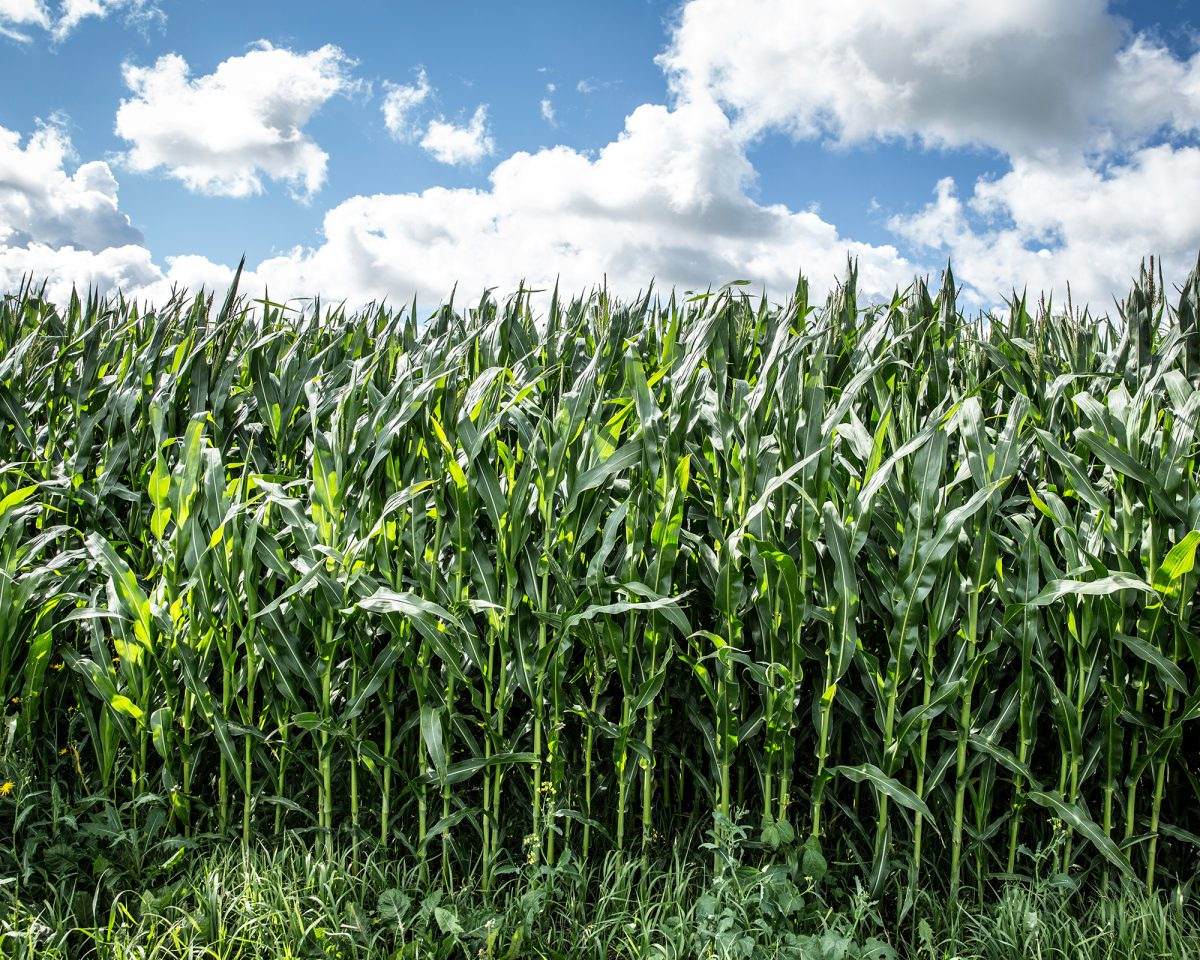
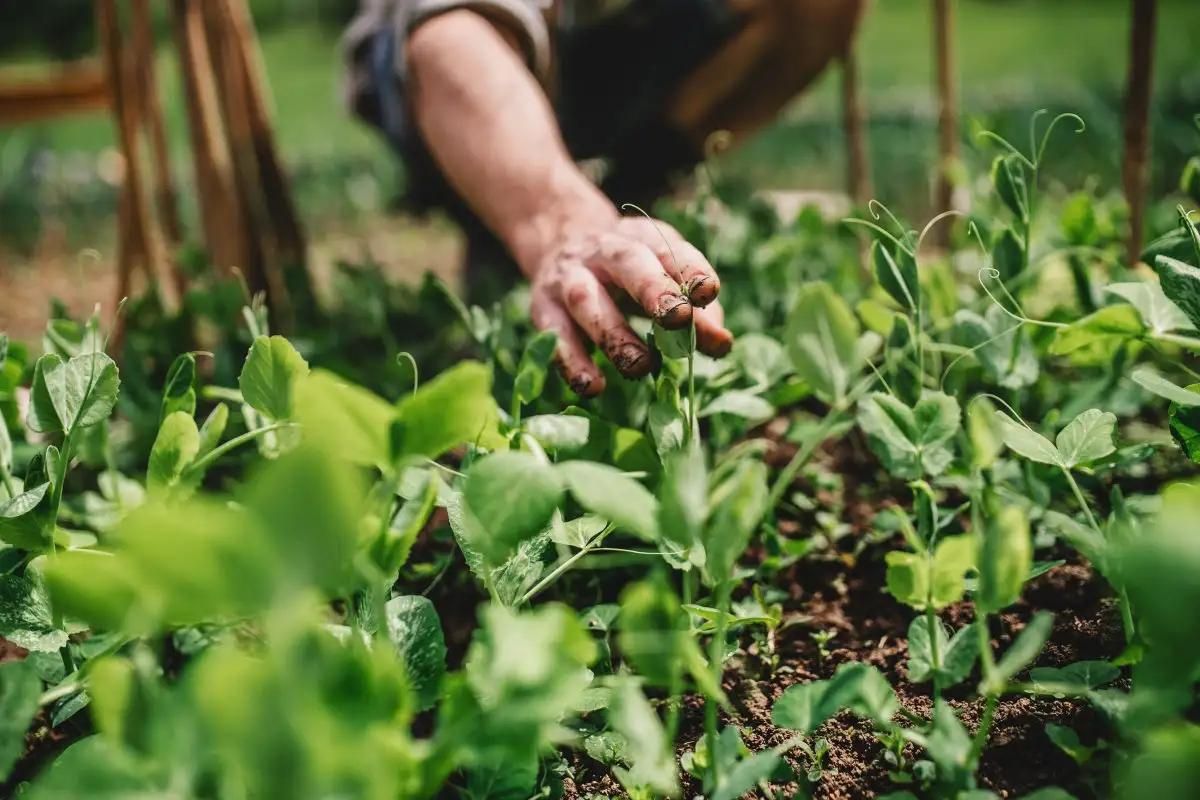
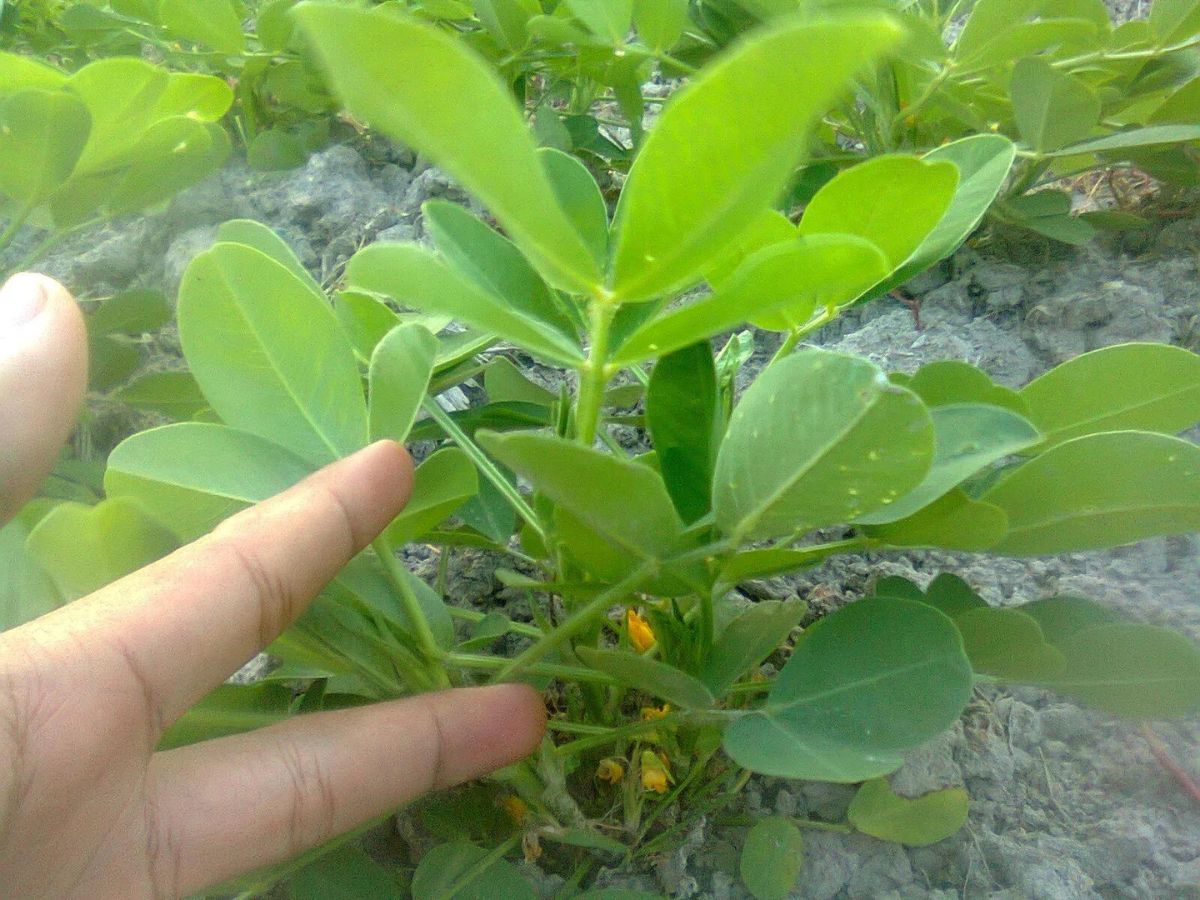
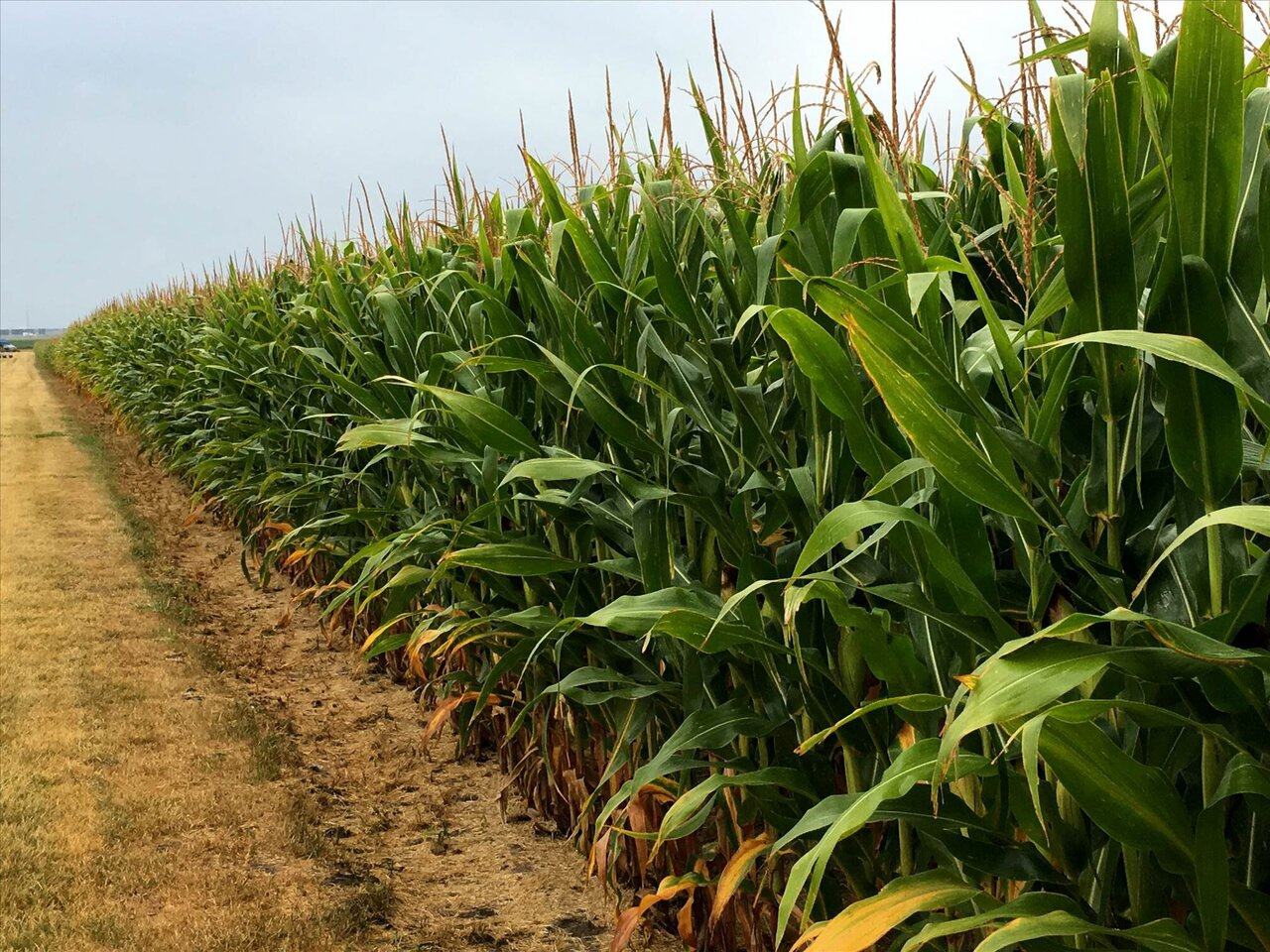
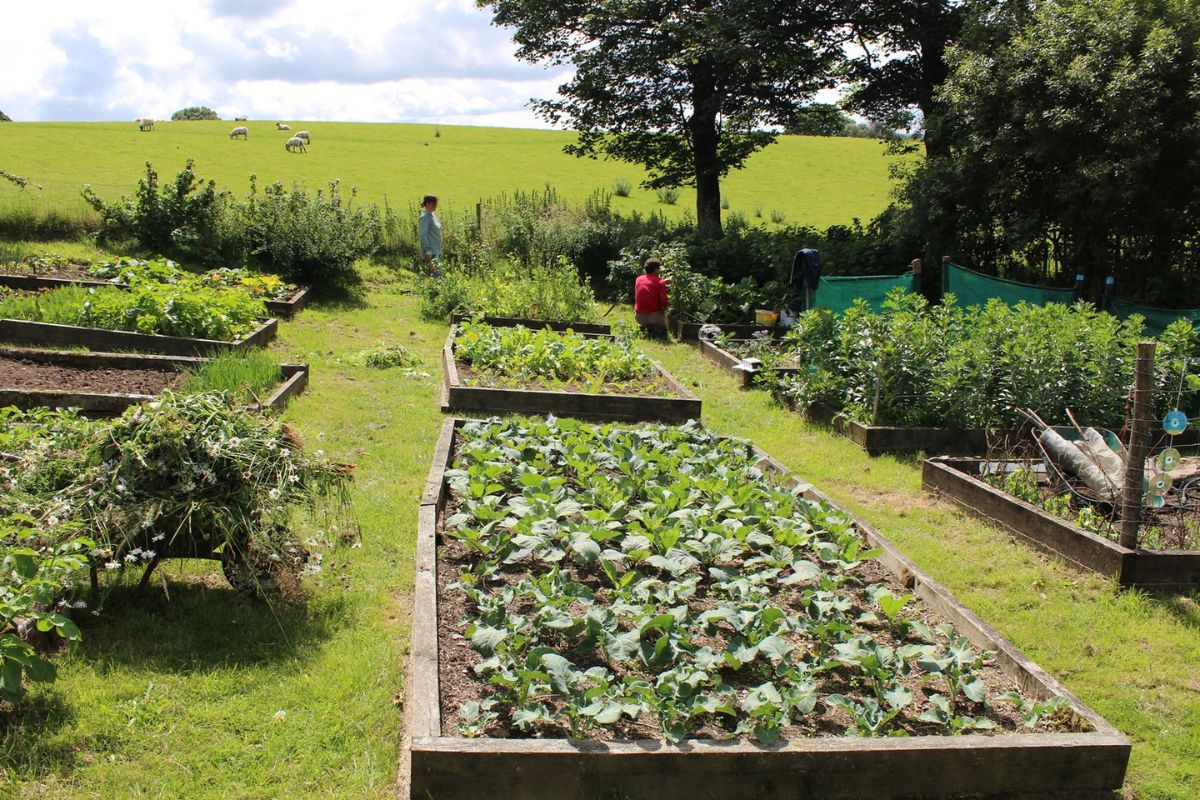
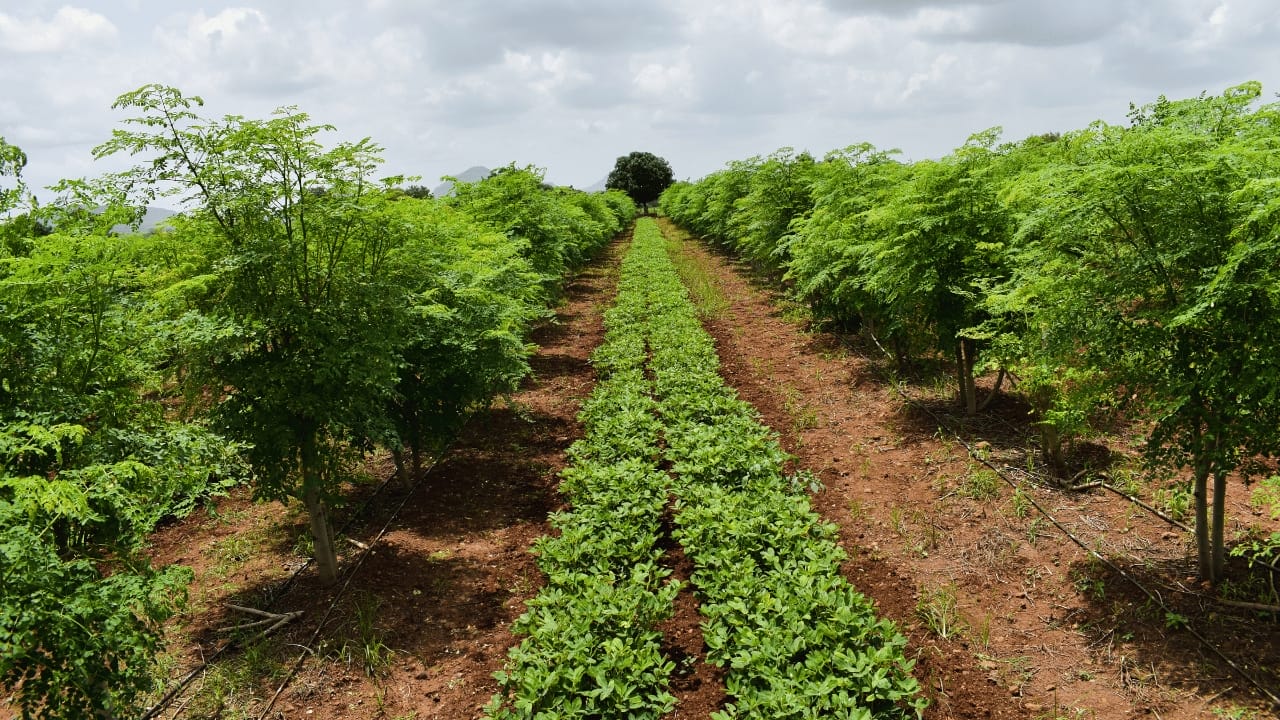
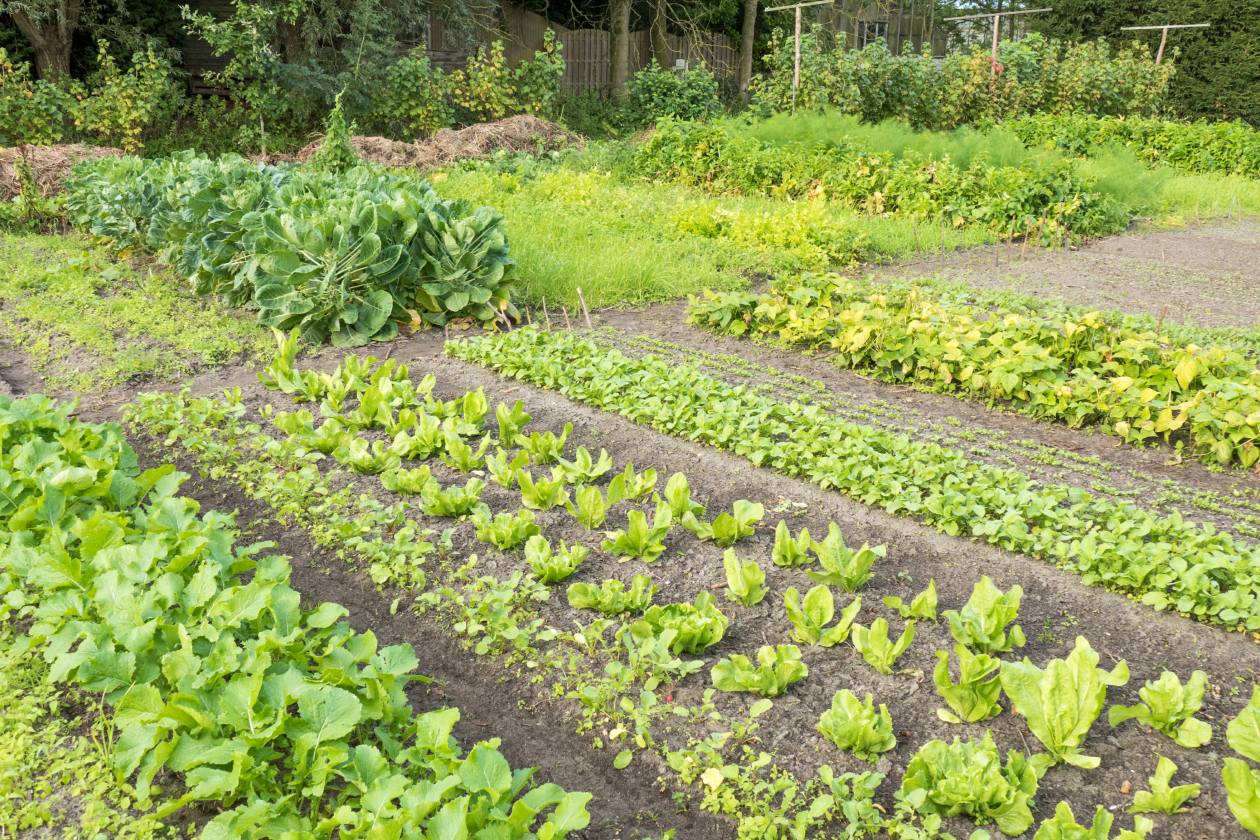
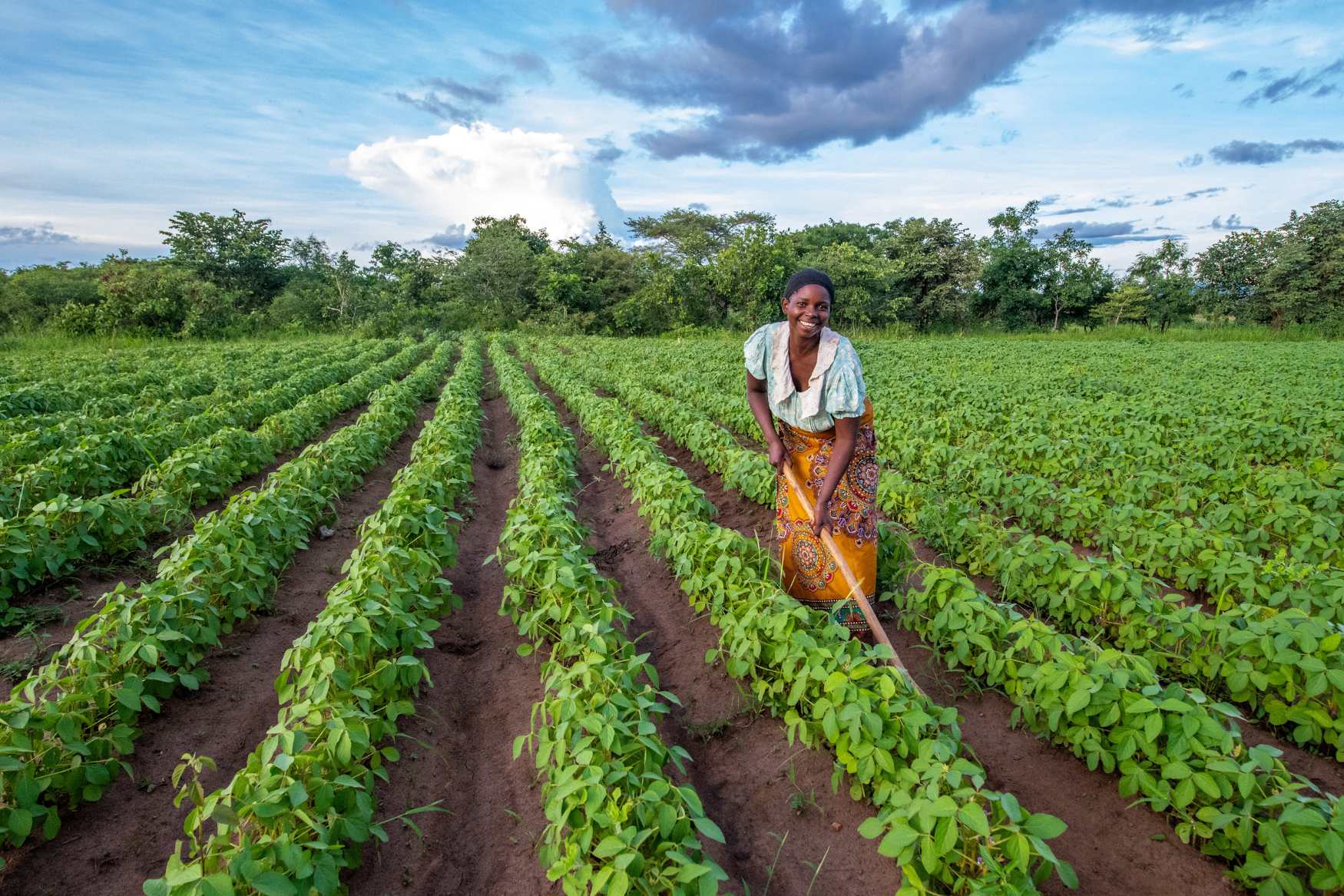
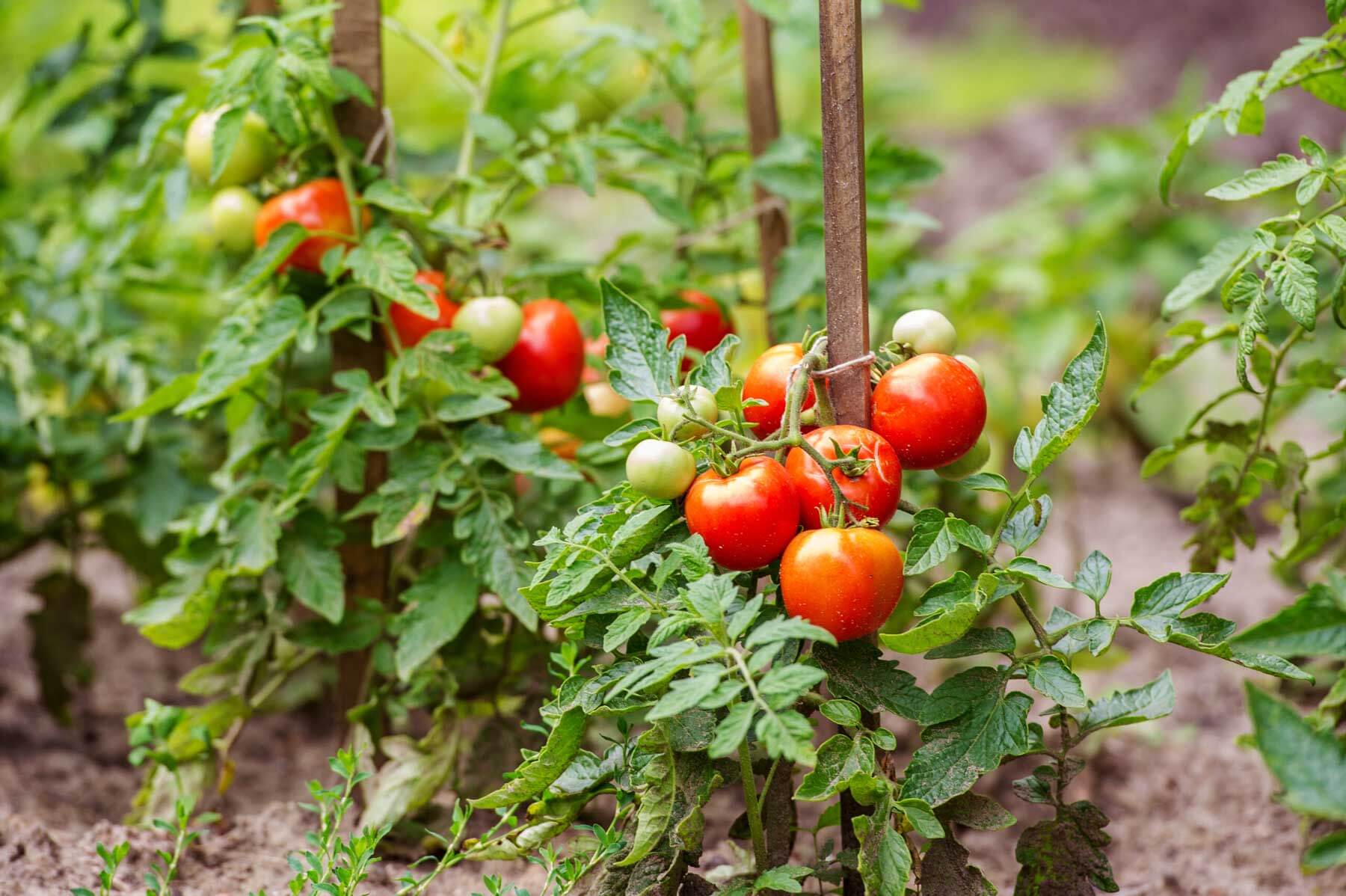
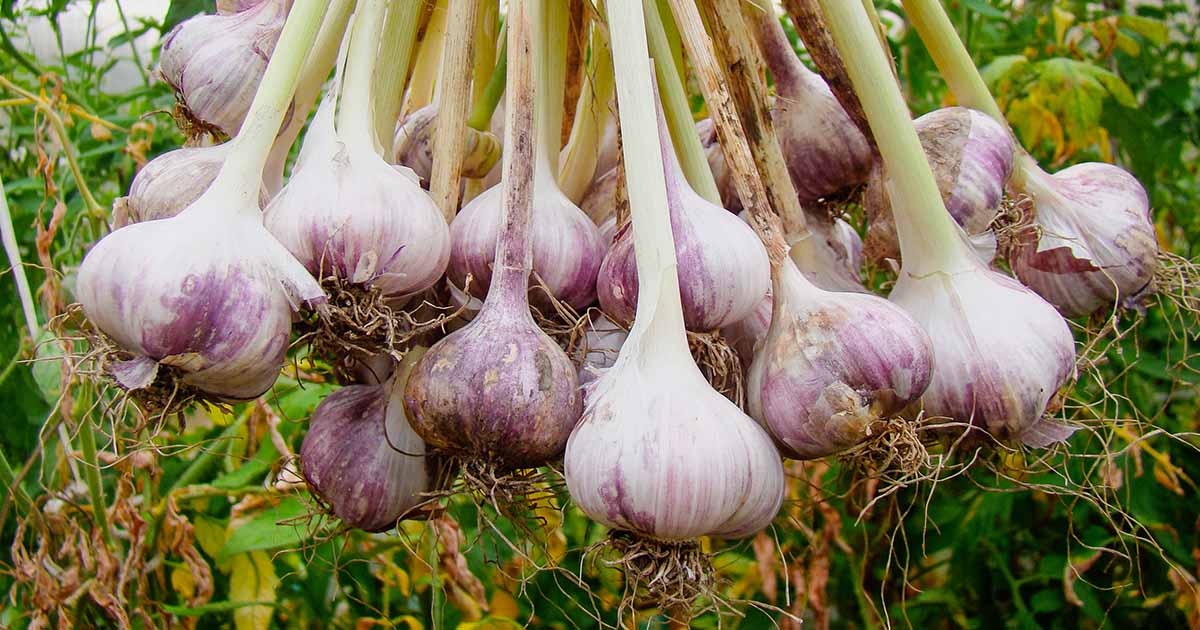
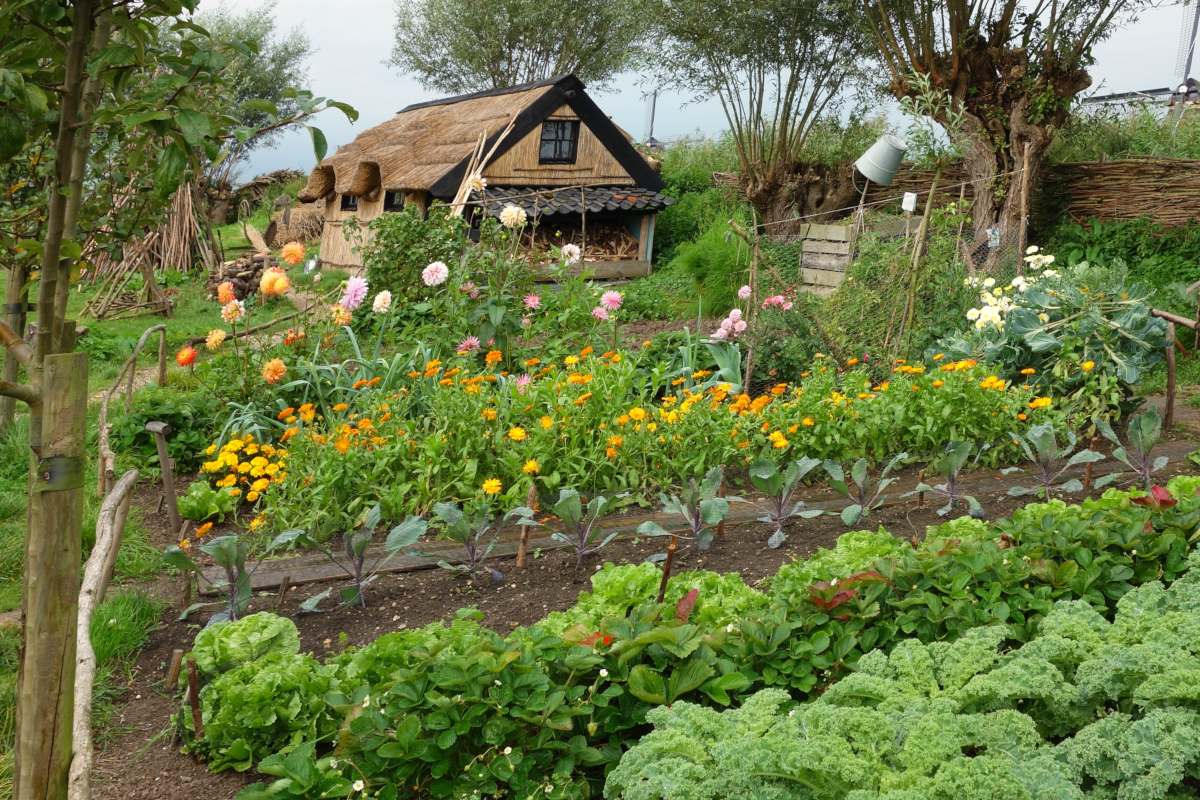


0 thoughts on “What Is Crop Rotation Strip Cropping”